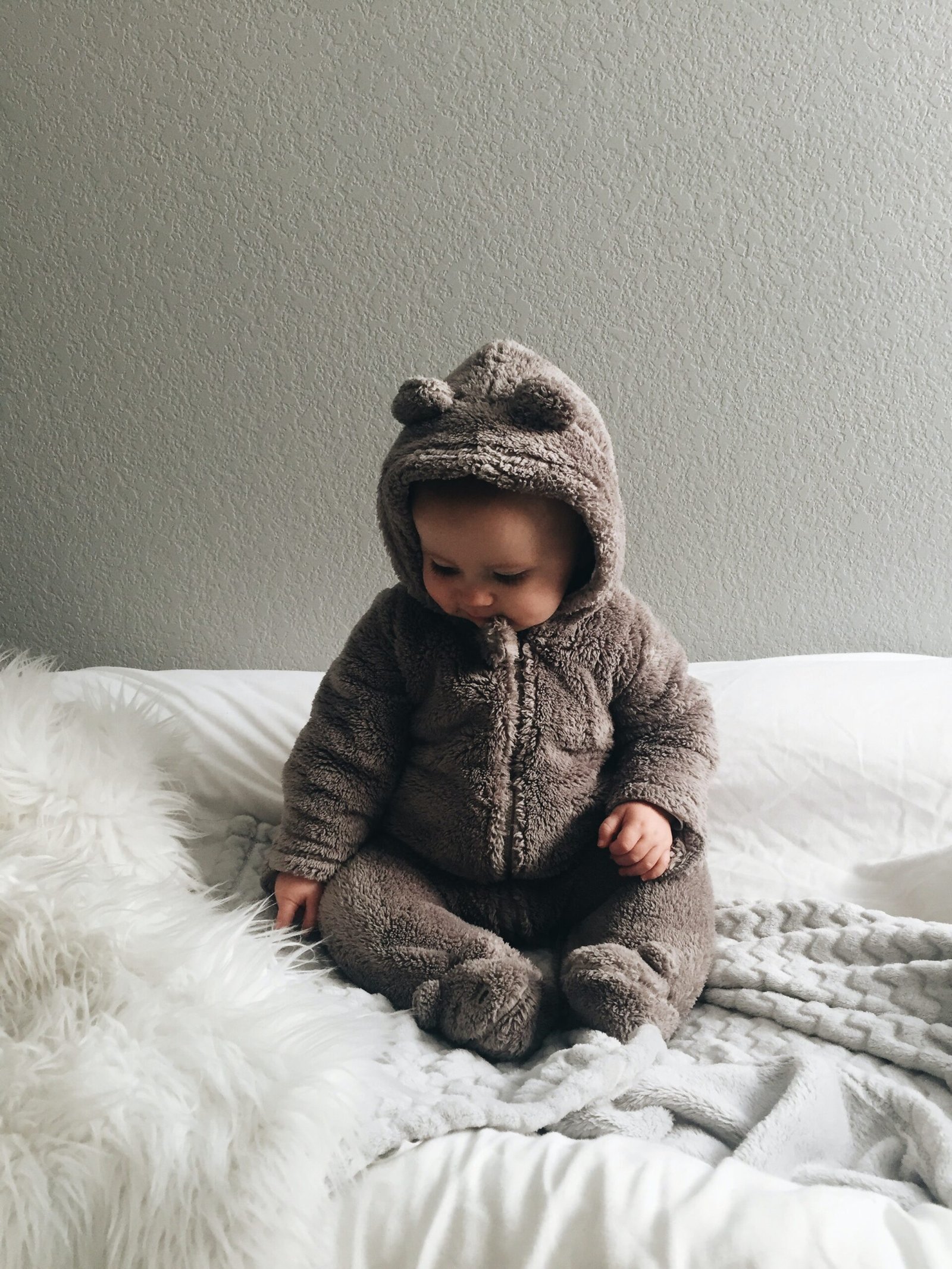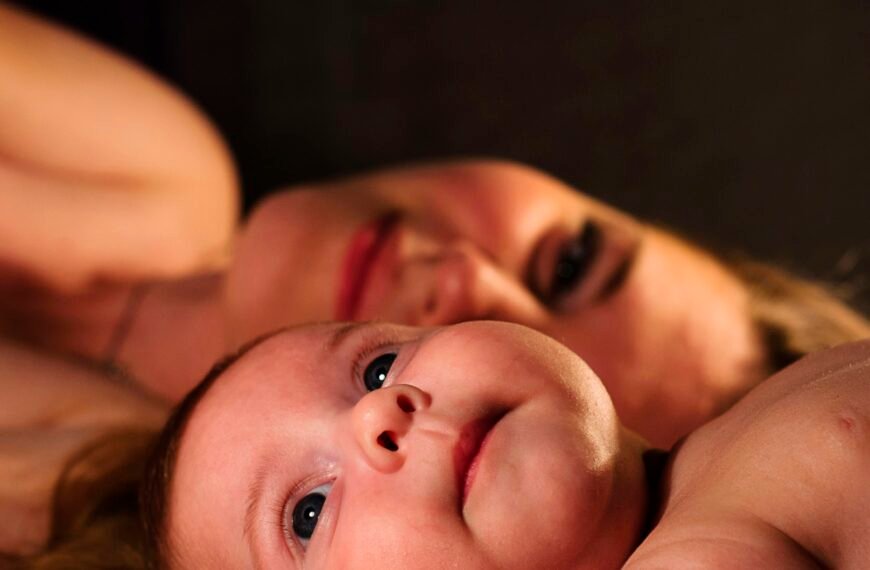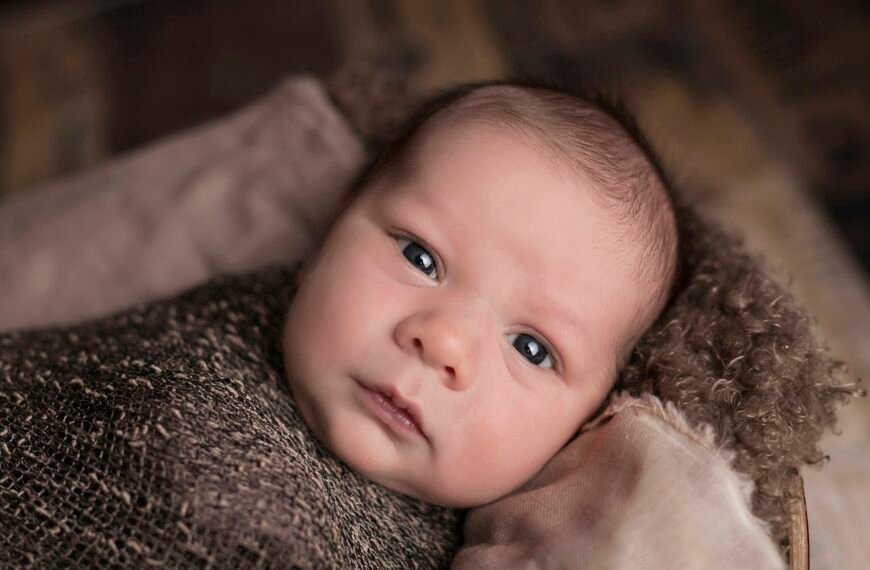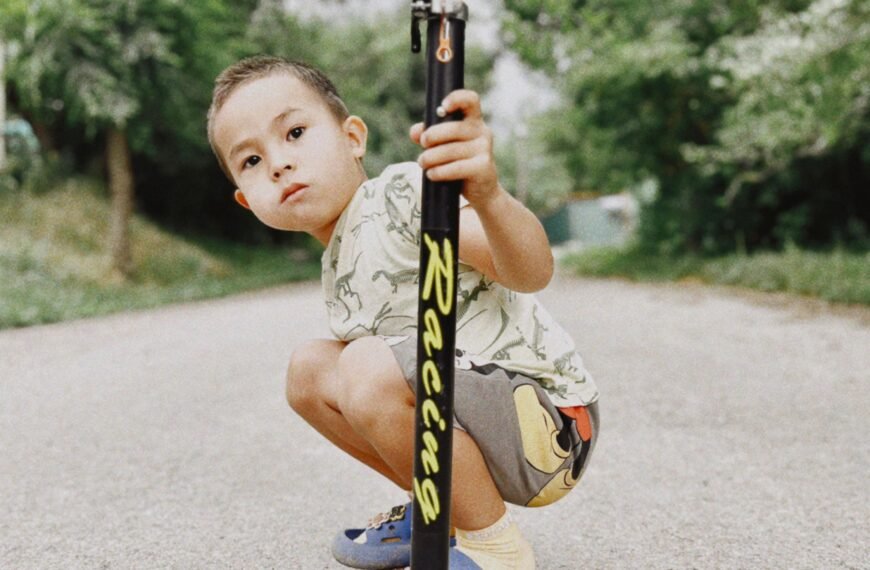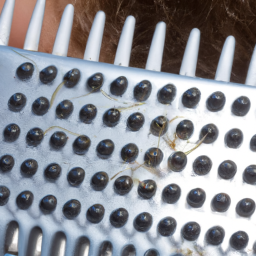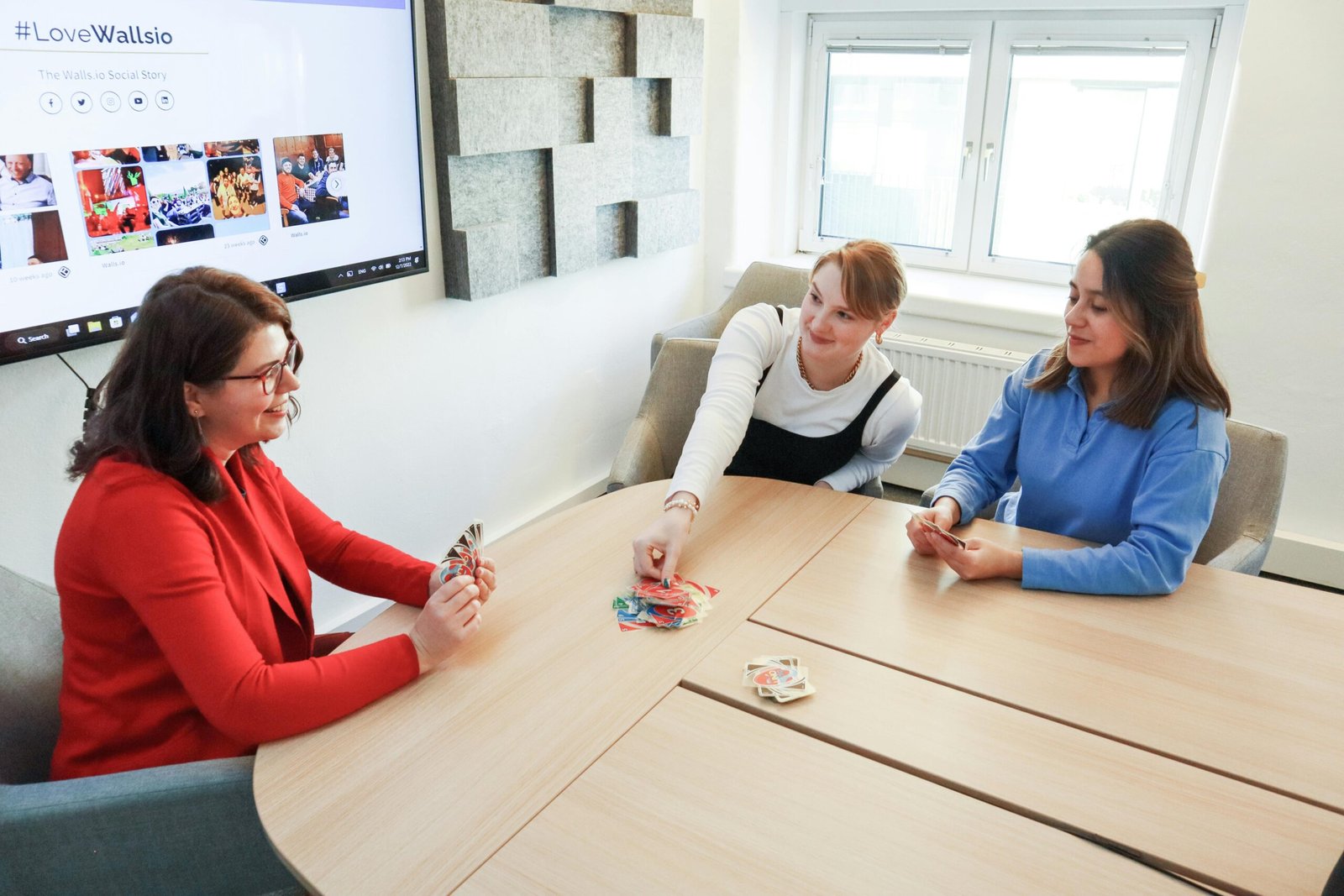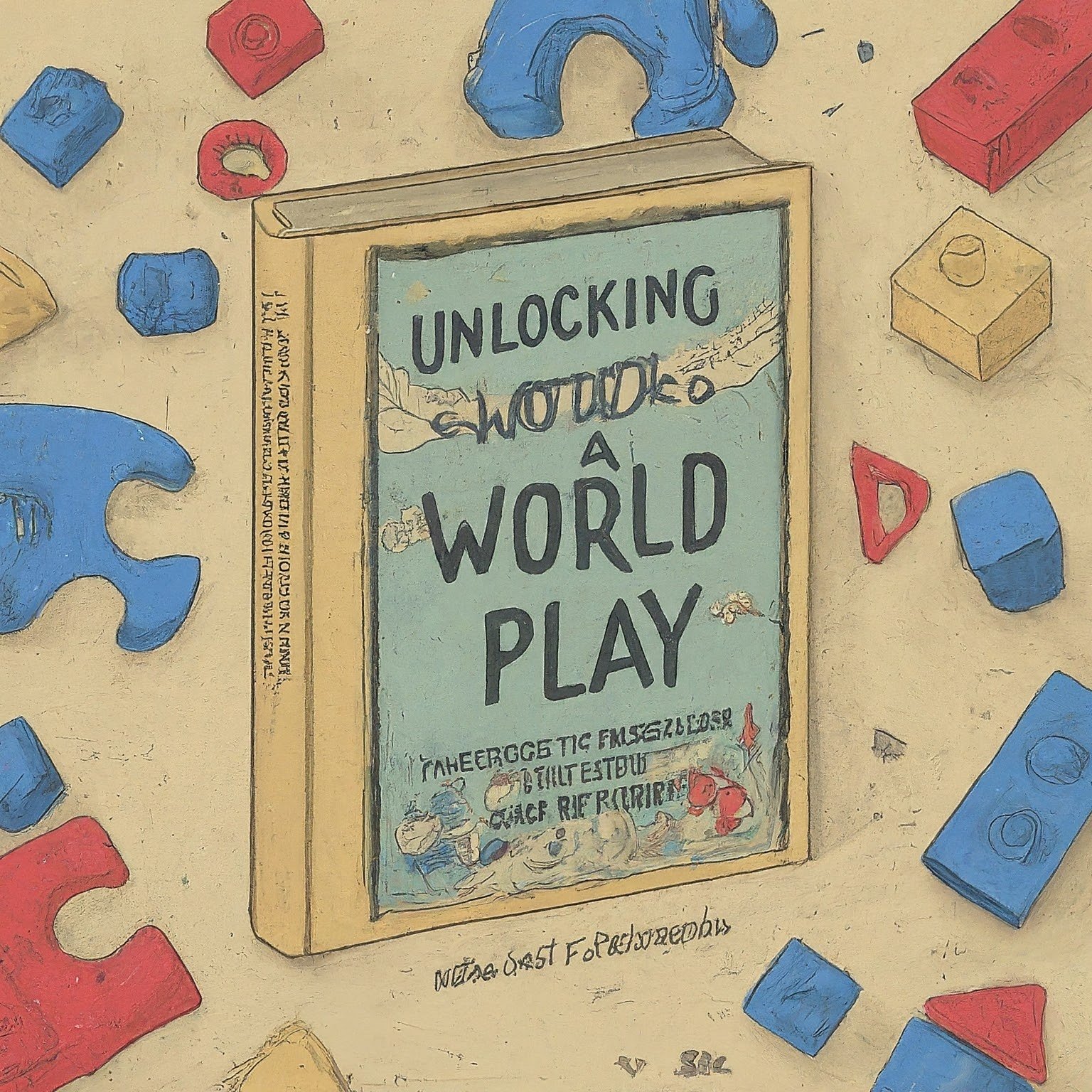In this article, you will discover a simple and effective way to keep your baby’s toys sparkling clean and germ-free. We all know how important it is to keep our little ones safe from harmful bacteria, and vinegar can be the secret weapon in your cleaning arsenal. Not only is it a natural and safe alternative to harsh chemicals, but it also helps to remove dirt, grime, and even stubborn stains. Whether it’s plush toys, bath toys, or teething rings, we’ll show you step-by-step how to clean them with vinegar, so you can have peace of mind knowing that your baby’s toys are squeaky clean and ready for playtime.
Check Baby Toys Guide & Review
Preparing the Cleaning Solution
Cleaning your baby’s toys regularly is essential for maintaining cleanliness and hygiene. One effective and safe method to clean baby toys is by using vinegar. Before you start cleaning, it’s important to gather the necessary materials. You will need white distilled vinegar, water, a clean spray bottle, a soft cloth or sponge, and a towel for drying.
To prepare the cleaning solution, you’ll need to measure the vinegar. Fill the spray bottle with equal parts vinegar and water. Vinegar acts as a natural disinfectant and helps to remove dirt, grime, and bacteria from the toys. It’s important to dilute the vinegar with water to ensure it’s safe for use on the toys.
Once you’ve measured the vinegar, it’s time to dilute it with water. Adding water to the vinegar will help reduce its acidity and make it gentle enough for cleaning the toys. Fill the rest of the spray bottle with water, leaving some space at the top to shake the solution before using it.
Cleaning Plastic Toys
Plastic toys are a common favorite among babies, but they can easily become dirty and need regular cleaning. To clean plastic toys, start by wiping the toy’s surface with a soft cloth or sponge. This will help remove any visible dirt or grime.
Next, you can soak the toys in the vinegar solution you prepared earlier. Submerge the plastic toys in the solution for a few minutes. The vinegar will help eliminate any bacteria or germs that may be present on the toys. After soaking, rinse the toys with clean water to remove any vinegar residue.
Once the toys are rinsed, it’s important to dry them thoroughly to prevent mold or mildew growth. Use a clean towel to dry the toys, ensuring that no moisture is left behind. Allow the toys to air dry completely before returning them to your baby.

Cleaning Soft Toys
Soft toys, such as plush animals or fabric dolls, require special care when it comes to cleaning. Before you start cleaning, always check the manufacturer’s instructions for any specific cleaning recommendations.
For spot cleaning stains on soft toys, you can use the vinegar solution. Dip a soft cloth or sponge into the solution and gently blot the stained area. Avoid rubbing the stain, as it may further damage the fabric. Repeat this process until the stain is removed.
To surface clean soft toys, fill a basin or sink with the vinegar solution. Submerge the toys in the solution and gently agitate them. This will help remove any dirt or bacteria from the fabric. After soaking, rinse the toys with clean water and squeeze out any excess moisture.
It’s crucial to let the soft toys dry completely before giving them back to your baby. Lay them flat on a clean towel or hang them to air dry. Avoid using a dryer to prevent any damage to the fabric or stuffing.
Cleaning Wooden Toys
Wooden toys are not only durable but also add a classic touch to your baby’s toy collection. To clean wooden toys, start by inspecting each toy for any visible dirt or debris. Use a soft cloth or brush to remove any surface dirt.
To create a vinegar solution for wood, mix equal parts vinegar and water in a spray bottle. Shake the bottle to ensure the solution is well-mixed. Then, spray the solution onto a soft cloth and gently wipe the wooden surfaces of the toys. Be careful not to oversaturate the wood.
After cleaning, wipe the toys with a damp cloth to remove any vinegar residue. Then, allow the toys to air dry completely before returning them to your baby. Avoid exposing wooden toys to direct sunlight or heat sources, as these can cause the wood to warp or crack.
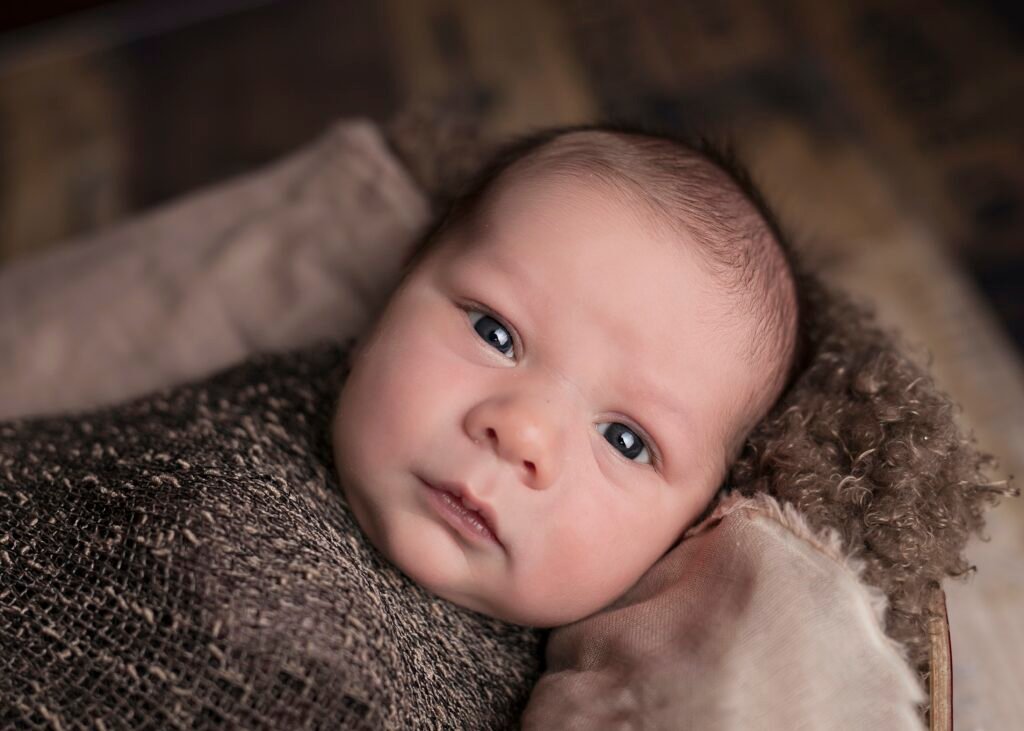
Disinfecting Toys
Disinfecting your baby’s toys is crucial, especially during times when illness is prevalent. By identifying high-risk areas where bacteria or germs may accumulate, you can effectively disinfect the toys.
Take a close look at the toys and identify areas that are frequently in contact with your baby’s mouth or hands. These areas include handles, buttons, or teething surfaces. Using the vinegar solution, spray or wipe these high-risk areas thoroughly to ensure thorough disinfection.
Vinegar is a natural disinfectant that can help kill bacteria and germs on the toys. It’s safe for your baby and gives you peace of mind. However, always follow up with a proper rinse to remove any vinegar residue from the toys. Remember, thorough disinfection is important to prevent the spread of germs.
Cleaning Bath Toys
Bath time can be a fun and enjoyable experience for your little one. However, bath toys can accumulate dirt, soap scum, and mold over time. To ensure they stay clean and safe, it’s important to clean them regularly.
Start by separating bath toys into different categories. Squeeze toys, such as rubber ducks, may have small holes that can harbor mold or bacteria. These toys require special attention.
Squeeze toys can be easily cleaned by squeezing out any dirty water and filling them with the vinegar solution. Shake them vigorously to ensure the solution reaches all areas, including the internal compartments. Rinse the squeeze toys thoroughly with clean water and squeeze out any excess vinegar solution.
For submersible bath toys, simply soak them in the vinegar solution for a few minutes. This will help eliminate any bacteria or soap scum. After soaking, rinse the toys with clean water to remove any vinegar residue.
Always remember to dry the bath toys thoroughly to prevent mold or mildew growth. Squeeze out any excess water and leave them in a well-ventilated area to air dry completely before the next bath time.
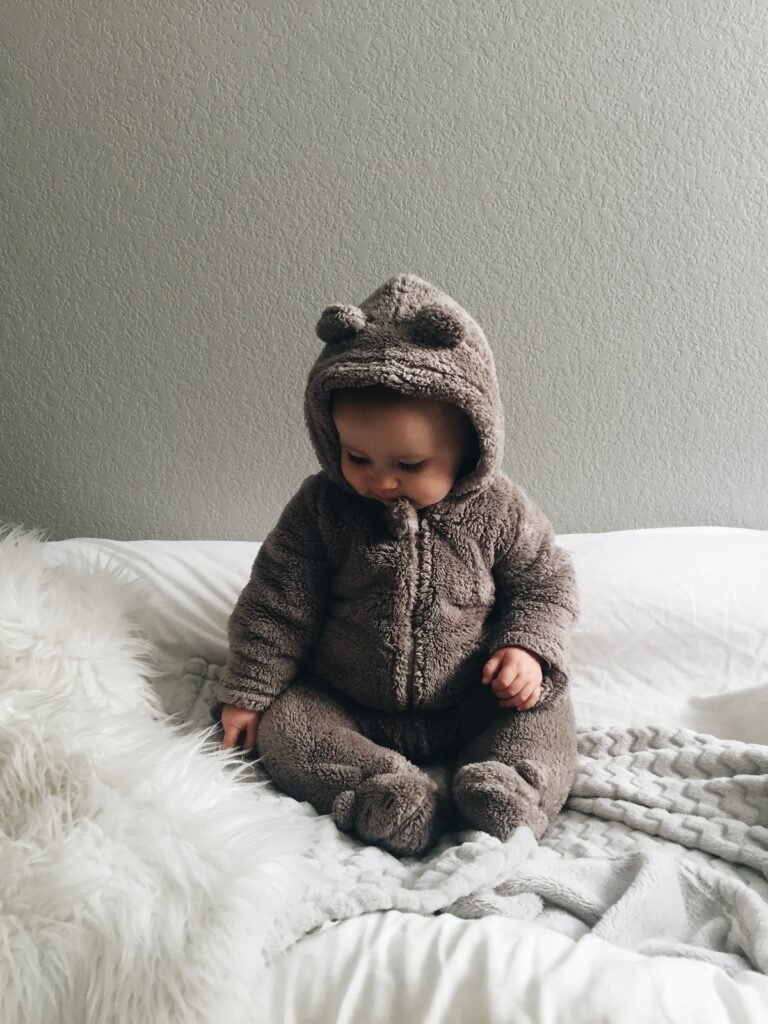
Cleaning Teething Toys
Teething toys are often in constant contact with your baby’s saliva, making them prone to bacteria or mold growth. Regular cleaning is important to ensure that teething toys remain safe and hygienic for your little one.
When choosing teething toys, make sure they are vinegar-safe. Some materials may not react well to vinegar and can be damaged. Always refer to the manufacturer’s instructions for cleaning recommendations.
One effective method to clean teething toys is the diluted vinegar soaking method. Fill a basin or sink with the vinegar solution and submerge the toys for a few minutes. This will help disinfect and remove any dirt or bacteria. After soaking, carefully rinse the teething toys with clean water.
To ensure thorough drying, place the teething toys on a clean towel and pat them dry. Avoid using a hairdryer or heat source, as this may damage the toys. Allow them to air dry completely before giving them back to your baby.
Removing Odors from Toys
Over time, baby toys can develop foul odors due to various factors, including frequent use, spills, or saliva. Fortunately, vinegar can also help eliminate unpleasant smells from the toys.
Start by identifying the source of the foul odor on the toys. It could be caused by spills, food residue, or accumulated dirt. Once identified, mix equal parts vinegar and baking soda to create a paste. Apply the paste to the affected areas and gently scrub the toys using a soft brush or cloth.
After scrubbing, rinse the toys thoroughly with clean water to remove any vinegar or baking soda residue. Then, allow the toys to air dry and check if any remaining odor persists. If needed, repeat the process until the odor is completely eliminated.
Another method to remove odors is by exposing the toys to sunlight. UV rays from sunlight have natural disinfectant properties and can help neutralize unpleasant smells. Place the toys in a sunny spot for a few hours, making sure to rotate them to expose all surfaces.
Cleaning Electronics and Battery-operated Toys
As technology advances, many baby toys now include electronics or run on batteries. Cleaning these toys requires extra care to ensure both cleanliness and toy safety.
Before cleaning, always refer to the manufacturer’s instructions for specific cleaning recommendations. Some toys may have removable parts or require a particular cleaning method.
To clean the surface of electronics and battery-operated toys, you can use the vinegar solution. Spray the solution onto a soft cloth and gently wipe the surfaces of the toys. This will help remove any dirt or smudges without damaging the electronics.
After cleaning, it’s important to let the toys dry thoroughly. Use a clean, dry cloth to remove any excess moisture. Before reassembling or inserting batteries, ensure that all parts are completely dry to prevent any damage.
Regular Cleaning and Maintenance
Maintaining cleanliness and good hygiene habits for your baby’s toys goes beyond just cleaning them. Establishing a regular cleaning schedule is important to prevent the buildup of dirt, bacteria, or mold.
Set aside specific days each week to clean your baby’s toys. This will ensure that no toys are left unwashed for a prolonged period. Additionally, observe your baby’s play habits and clean toys that are frequently in contact with their mouth or hands more often.
Promoting good hygiene habits to your baby is essential for their overall health and well-being. Teach them to wash their hands before and after playing with toys. This will help reduce the spread of germs and keep the toys cleaner for longer.
Proper toy storage is also crucial for maintaining cleanliness. Use designated storage bins or containers to keep toys organized and prevent them from accumulating dust or dirt. Regularly clean the storage area to remove any dust or allergens that may affect your baby’s health.
By following these cleaning and maintenance practices, you can ensure that your baby’s toys remain clean, safe, and hygienic for their enjoyment. Remember, a clean toy is a happy and healthy toy!

